The Great Depression Top Five Public Works Projects of the New Deal
Updated on February 24, 2017
Click thumbnail to view full-size
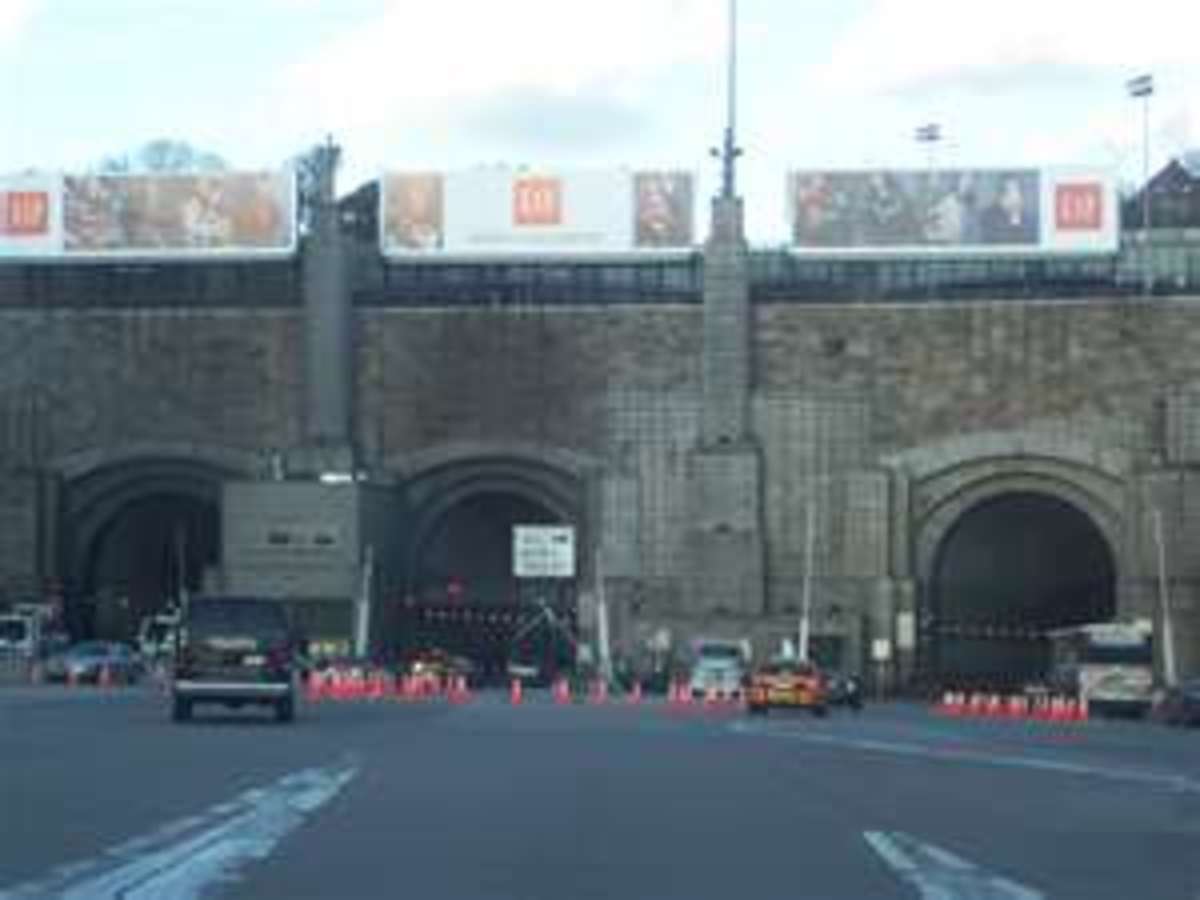
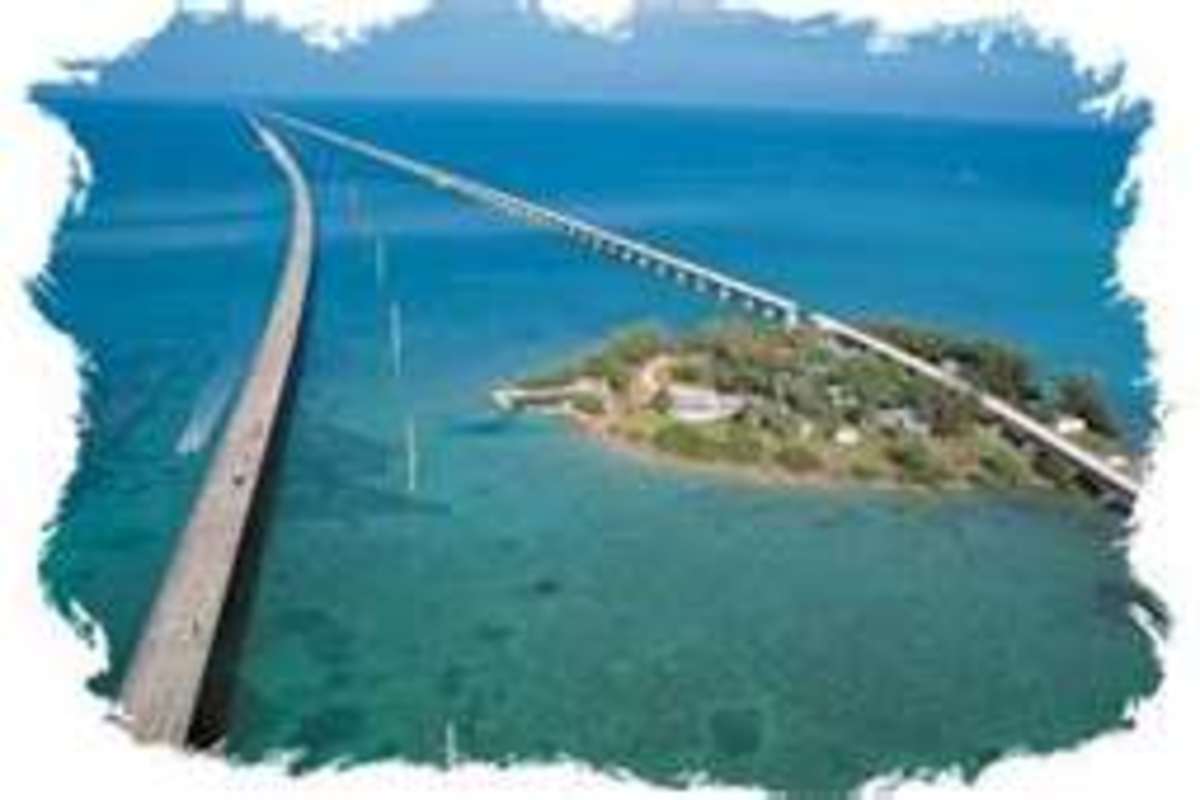
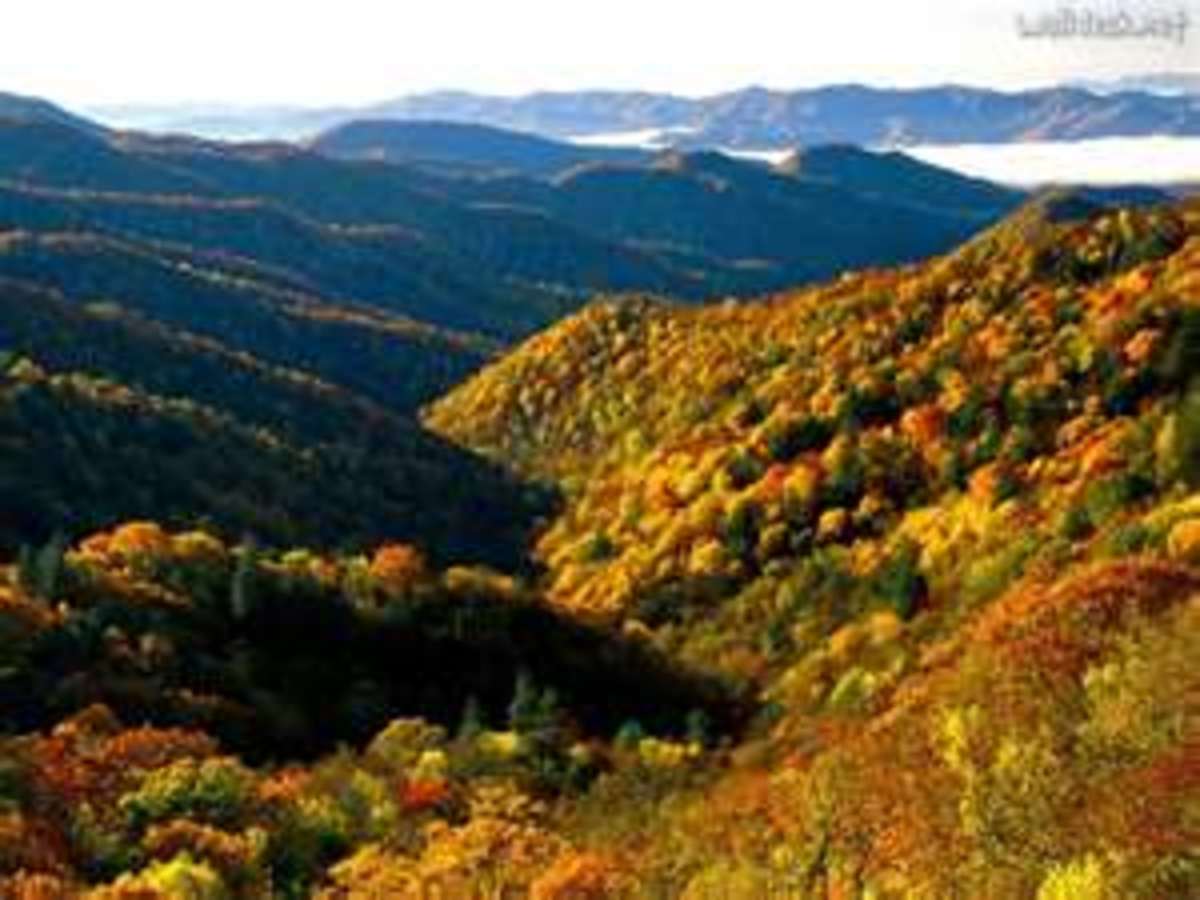
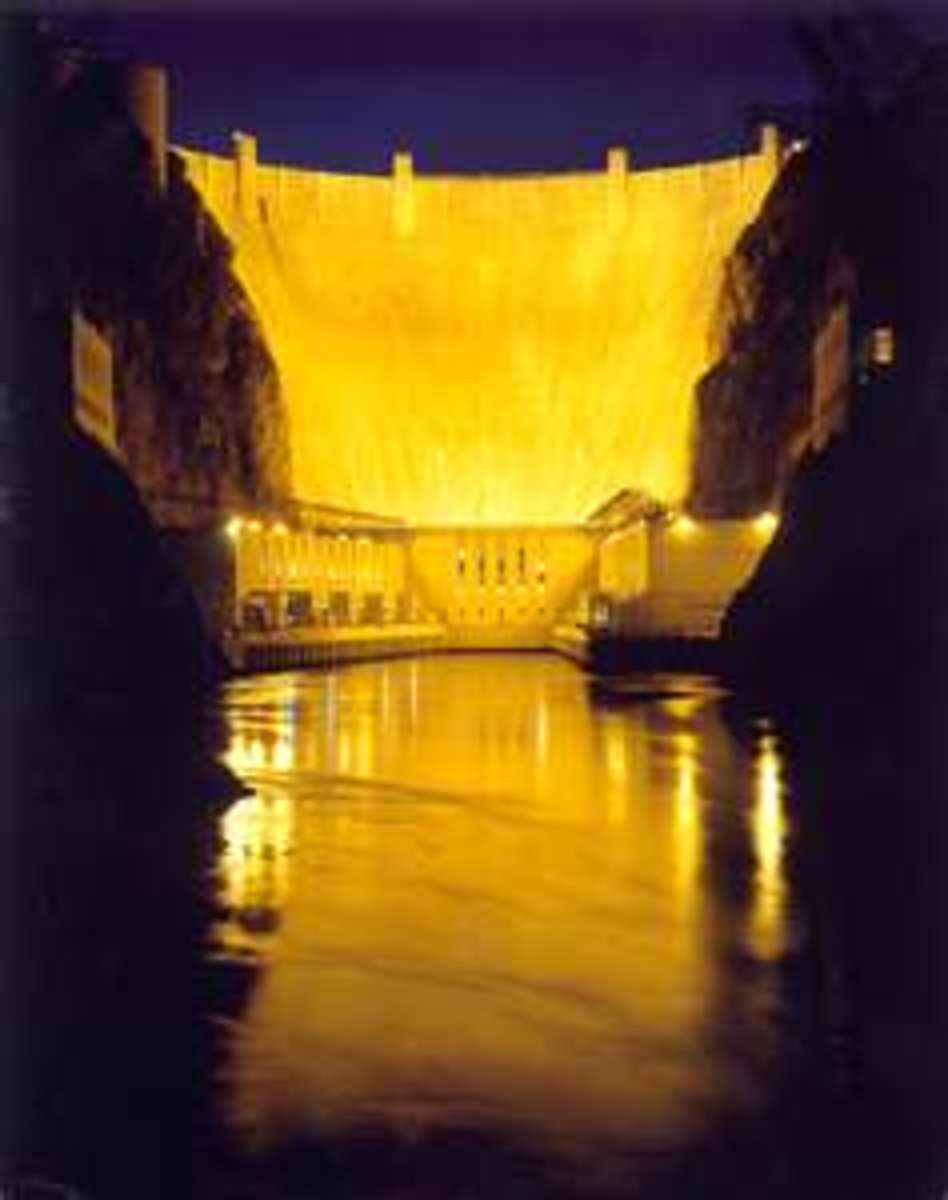
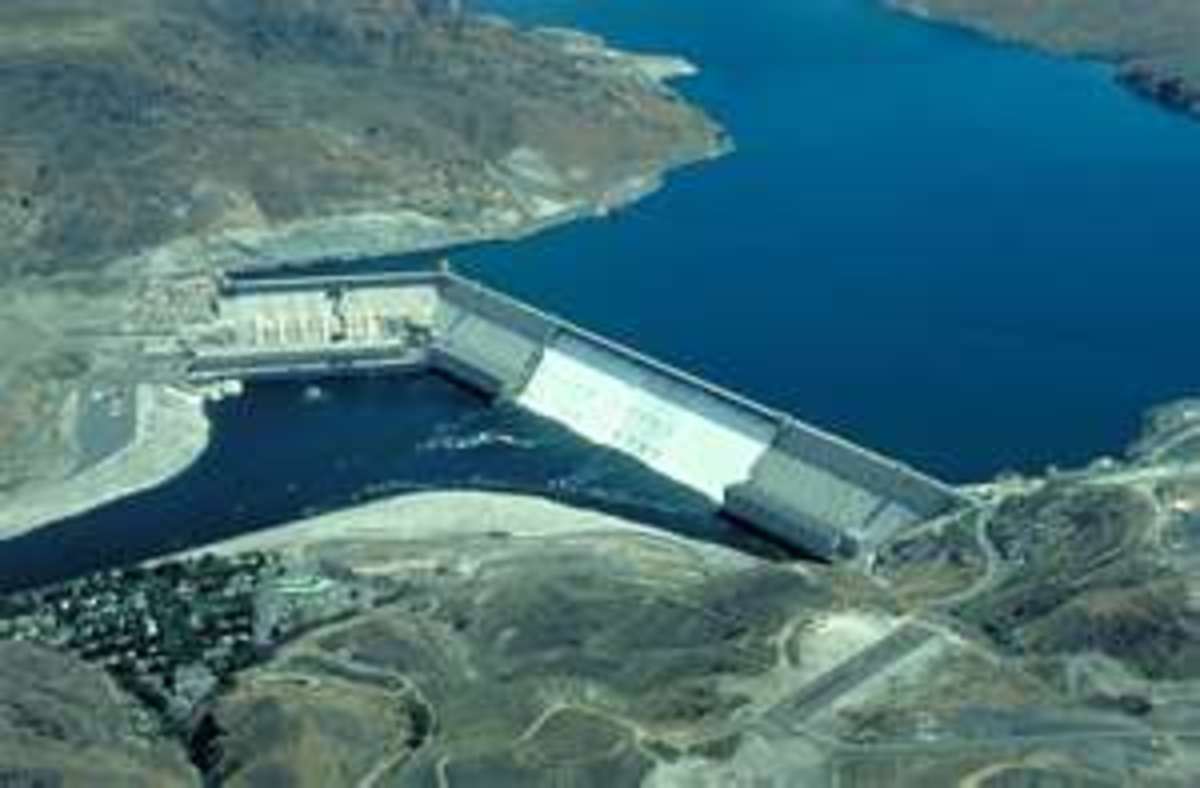





By the time Franklin Delano Roosevelt took office in 1933, the Great Depression had already ravaged the country. Unemployment approached 25% for the nation and even higher in the industrial cities; a once-proud country was rapidly losing hope. In his Inaugural Address, Roosevelt promised Americans a New Deal and he then immediately set out to deliver on that promise.
From 1933-1936, The New Deal established a series of government agencies whose purpose it was to put the United States back to work and re-establish lost hope. Agencies like the Public Works Administration (PWA), the Works Progress Administration (WPA), and the Civilian Conservation Corps (CCC) created jobs and in the process built many structures and landmarks still visible today. What follows is a list of the Top Five Public Works Projects during that important time in U.S. history. They are ranked according to their economic impact and their everlasting legacy to the United States.
5. The Lincoln Tunnel
As ambitious a construction project as you could ever hope to see, the Lincoln Tunnel stretches 1.5 miles underneath the Hudson River in New York, connecting New Jersey and Manhattan. The PWA funded this marvel of engineering from 1934-1936 at a cost of $85 million and it was the first major tunnel project completed without a fatality. Today nearly 120,000 vehicles use this tunnel daily making it one of the busiest tunnels in the world.
4. Overseas Highway
Connecting Miami to Key West, this 127.5-mile long roadway was opened for traffic in 1938. It follows an old railroad track that was originally built in 1912 and along the way, one passes over 42 bridges and enjoys scenery that is beyond belief.
3. Great Smoky Mountain National Park
Welcome to the most visited National Park in the United States, boasting nearly ten million visitors per year. Great Smoky Mountain National Park covers 814 square miles of wilderness, 36% of which is an old-growth forest. Constructed by the WPA and the CCC, this jewel of the Park System in 1976 was named an International Biosphere Reserve and in 1983 a UNESCO World Heritage Site. Constructed from 1934-1940 this park offers unparalleled vistas and is a must-see on any trip east.
2. Hoover Dam
Congress approved the building of Hoover Dam in 1928 and it was finally constructed from 1931-1936 with the help of the PWA. Spanning the Black Canyon of the Colorado River, this marvel provides electricity for Arizona, Nevada and Southern California. The dam is 726 feet tall and 600 feet at its base and originally cost $165 million. Interestingly the name was originally Hoover Dam but in 1933, at the urging of President Roosevelt, the name was changed to Boulder Dam. Bad blood and all that; some silly notion of blaming Hoover for the Great Depression. In the end public opinion proved too much of an obstacle for Roosevelt and the name of the dam reverted back to Hoover Dam.
1. Grand Coulee Dam
If ever there was a pet project of President Roosevelt’s it was the Grand Coulee Dam. Early on he became enamored with the idea of harnessing the power of the Columbia River and turning arid land in Eastern Washington into farmland. $63 million of funding from the PWA helped Roosevelt’s dreams become reality. Built from 1933-1942 the Grand Coulee is the largest dam in the United States and one of the largest in the world. It provides irrigation for over 600,000 acres and electricity for all or parts of eleven states. This mammoth structure stands 550 feet high and is 1.2 miles wide.
Honorable Mentions
Naming any top five list is difficult and purely subjective. I would be remiss if I didn’t also mention the following:
- Timberline Lodge: A National Historic Landmark, this timber, and stone structure on Mt. Hood in Oregon is visited by over a million visitors each year.
- LaGuardia Airport: 23 million passengers use this airport each year. It was built on Long Island for a cost of $2.3 million.
- Fort Peck Dam: Built between 1933-1940, this dam provides hydroelectric power, flood control and water quality management along the upper Missouri River. It was a combined effort of the WPA and the CCC and it cost $100 million.
- Triborough Bridge: Now called the Robert F. Kennedy Bridge, this is actually three bridges, a viaduct and fourteen miles of connecting roads, all of which connect Manhattan, Queens, and the Bronx in New York. It was completed in 1936 at a cost of $60 million and today is visited by 200,000 vehicles per day.
- Blue Ridge Parkway; 469 miles long, stretching from Virginia to North Carolina, this roadway was funded in part by the WPA and is designated as an All-American Road.
Total Numbers
The success of Roosevelt’s New Deal programs has been argued about for years. Some say that the government overstepped its bounds and that the United States was dangerously close to becoming a totalitarian government under President Roosevelt. Some argue that unemployment was not erased during the New Deal years and only World War Two was responsible for the end of the Great Depression. What cannot be debated, however, is that the New Deal programs gave hope to millions of citizens who had given up hope. What cannot be debated is that the infrastructure of the United States was rebuilt and modernized and many of the projects were springboards for a future where the U.S. would dominate world affairs.
The sheer number of accomplishments is staggering. CCC projects included 3,470 fire towers erected, 97,000 miles of roads built, 3 billion trees planted, 711 state parks created and over 3 million men employed. The PWA funded the construction of over 34,000 projects, including airports, dams, schools and hospitals. The WPA is credited with having constructed 651,087 miles of roadways, repaired 125,110 public buildings and constructed 853 landing fields. From 1933 and the birth of the New Deal to 1939, unemployment dropped from approximately 15 million to 9 million and most of those workers were employed by New Deal programs.
Go to practically any major city in the United States and you will see projects built during the New Deal. Go to any National or State Park and you will most likely see work completed during the New Deal. More importantly, talk to survivors of the Great Depression. My father and mother talked to me about the importance of the New Deal, not only in economic terms but also about the intangibles like regained pride and hope, how men and women who appeared to have given up in 1933 slowly but surely re-discovered a will to continue the struggle.
end quote from:
https://owlcation.com/humanities/The-Great-Depressions-The-Top-Five-Public-Works-Projects-of-the-New-Deal

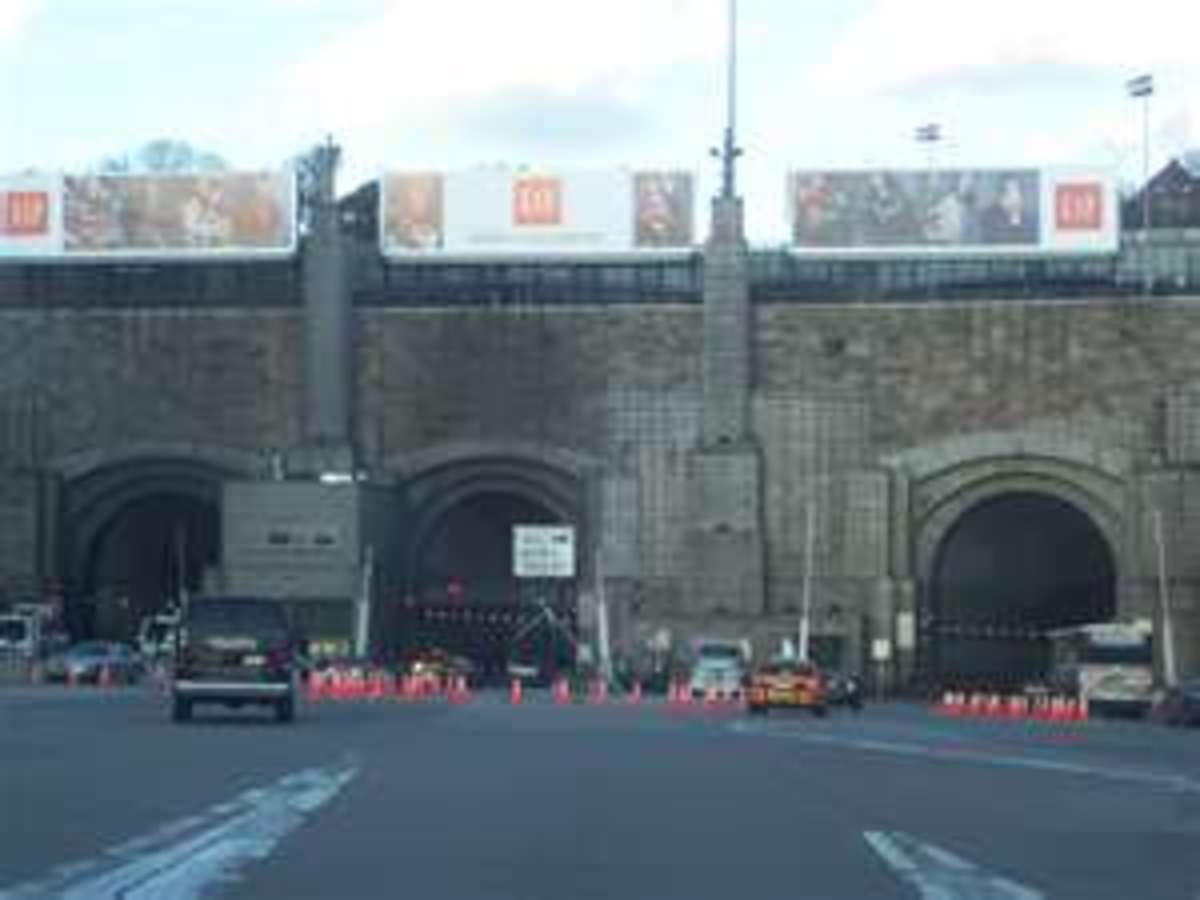
No comments:
Post a Comment